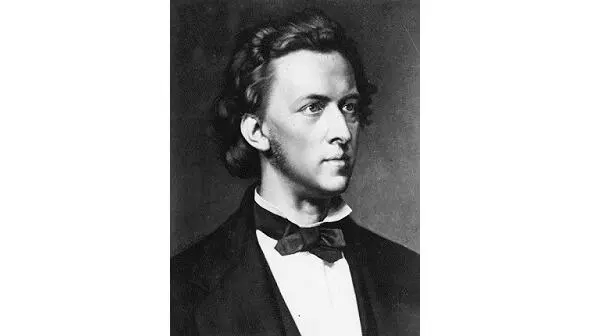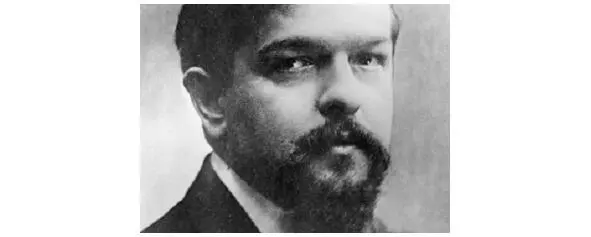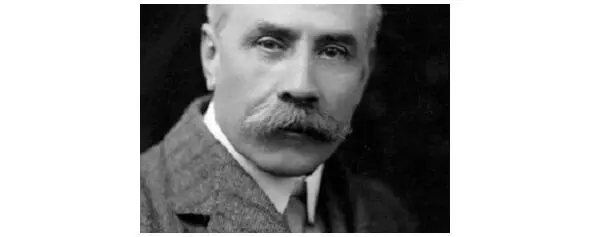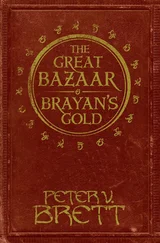6. The sheer strain caused by the hours of constant study, in addition to his professional responsibilities, resulted in an acute nervous collapse early in 1867.
7. Recovered, he took a teaching post in Vienna in 1867 at the Gesellschaft der Musikfreunde. In 1875, Bruckner became the first lecturer in harmony and counterpoint at the University of Vienna.
8. In his diaries, Bruckner kept lists of the girls he fancied (most in their late teens). He had a mania for counting the bricks and windows of buildings, and for counting the numbers of bars in his gargantuan orchestral scores, making sure their proportions were statistically correct.
9. Bruckner’s final years were largely devoted to the composition of the Ninth Symphony , which remained tantalisingly incomplete at the time of his death.
10. Bruckner died on the October 11, 1896 while still in Vienna. His legacy is engraved in the libraries of Vienna, having complete records of his works and revisions. He was decorated with the Order of Franz Joseph on July 1886 while the Anton Bruckner Private University for Music, Drama, and Dance was named in his honor.

Frédéric Chopin (1810—1849)
1. Frédéric Chopin was born in Żelazowa Wola, 46 kilometers (29 miles) west of Warsaw. Frédéric’s father, Nicolas Chopin, was a Frenchman from Lorraine who had immigrated to Poland in 1787 at the age of sixteen.
Chopin was composing and writing poetry at age six, and gave his first public concerto performance at the age of eight. It is not really surprising – his mother was a piano teacher, and his father played the flute and violin.
2. Chopin was very fond of Bach. He urged his piano pupils to practice Bach every day in order to strengthen their fingers and exercise their minds with the mathematical music.
3. His Piano Concerto No. 2 was written before his Piano Concerto No. 1 , in 1830. But the former was published after the latter, leading to the confusion.
4. Despite only arriving in Paris in September 1831, Chopin never returned to his homeland of Poland. While he was in The City of Light, he forged friendships with great composers including Mendelssohn, Berlioz, and Liszt.
5. As way of making money while living in Paris, Chopin built up a book of rich contacts to whom he would give piano lessons. Unfortunately, he felt too embarrassed to ask his pupils for money, so he looked away while they left the fee on the mantelpiece.
6. Chopin’s Minute Waltz is not minute as in small, it is minute in that it lasts 60 seconds. Well, nearly; the 138 bars of music take between a minute and a half to two minutes to play. Chopin’s publishers coined the nickname.
7. Chopin was forced to postpone his engagements due to his health, an ongoing problem. Word spread among the people in Warsaw believing the composer had died because he was so ill in 1835.
8. When Chopin visited Majorca, he had trouble bringing his precious piano along with him. The piano, made by the famous Pleyel et Cie company, was held up by customs from December 20, 1838 until January 4, 1839. Eventually George Sand agreed to pay 300 francs to have the instrument released.
9. Chopin had an long and stormy affair with a novelist called George Sand after meeting her in 1836. At least, that is what she said her name was in order to get noticed in a society which did not look favorably on female authors. Her real name was Aurore Dudevant.
10. Chopin died in 1849, most likely from tuberculosis, at the age of 39. He is buried near his friend, composer Cerubini, at the Père Lachaise Cemetery in Paris. Mozart’s Requiem was performed at his funeral. The composer’s sister, Ludwika, took Chopin’s heart in an urn, preserved in alcohol, back to Poland in 1850.

Claude Debussy (1862—1909)
1. Debussy was born in Saint-Germain-en-Laye, near Paris, on August 22, 1862. He was the eldest of five children.
2. Aged ten, Debussy started his studies at the Paris Conservatoire. During the next eleven years, he studied composition with prestigious French musicians including Émile Durand and César Franck, but failed to win the premier prix for piano, so he abandoned his dream of becoming a virtuoso.
3. Debussy won the Prix de Rome for composition, with his piece L’enfant prodigue . This meant he received a scholarship to the Académie des Beaux-Arts in the Villa Medici, and had to complete a four-year residence from 1885—87. He was pretty unhappy there; sometimes he was so distressed he was unable to compose.
4. Debussy’s Suite bergamasque is comprised of four movements, of which his beautiful Clair de lune is the third, after the Prélude and Menuet , and before the Passepied . The relaxing music is inspired by a poem, written by French poet Paul Verlaine.
5. Based on a poem by Stéphane Mallarmé, Debussy’s symphonic poem for orchestra Prélude à l’après-midi d’un faune was first performed in 1894. It describes the dreams of a faun, a mythical half-human, half-goat figure, in the afternoon heat.
6. Pelléas et Mélisande is Debussy’s only opera, and it is considered to be a landmark in 20th-century music. The five-act love story premiered at the Opéra-Comique in Paris in April 1902.
7. His music may be relaxing, but Debussy’s private life was anything but. He had a number of high profile affairs, broke off an engagement, and left his wife, Rosalie Texier, for Emma Bardac. The couple were forced to flee to England in 1905 after causing controversy in France.
8. Debussy’s music is often described as impressionist, but he was not a fan of the label. He said, “I am trying to do something different… what the imbeciles call ‘impressionism,’ a term which is as poorly used as possible, particularly by the critics.”
9. Despite the title, Children’s Corner isn’t actually a piece for children. It was written in 1911 for the composer’s three-year-old daughter, Claude-Emma, and was intended to evoke childhood toys and memories.
10. After being diagnosed with cancer in 1909, Debussy’s health deteriorated. He died in Paris on March 25, 1918 and is buried in Passy Cemetery.

Edward Elgar (1857—1934)
1. Born in Lower Broadheath near Worcester on June 2, 1857, Edward William Elgar came into the world in a countryside idyll which went on to dominate his creativity for the rest of his life.
2. Elgar became something of a musical oddity, regularly accompanying local groups and choirs, as well as making early forays into composing. It was not the most lucrative path and he spent some time working at a law firm to make ends meet.
3. One of Elgar’s most popular works, the Enigma Variations from 1899, is also his most mysterious. Each of the fourteen variations has a cryptic subtitle which relates to a particular person or animal in Elgar’s life, including his wife, his publisher, and various friends and students.
4. Elgar met the woman who was to become his wife, Caroline Alice Roberts, in 1886. She was from good stock and very wealthy, and was to become a hugely dominant force behind Elgar’s creativity. He dedicated several pieces to her, including Salut d’Amour , which he composed as an engagement present.
Читать дальше















